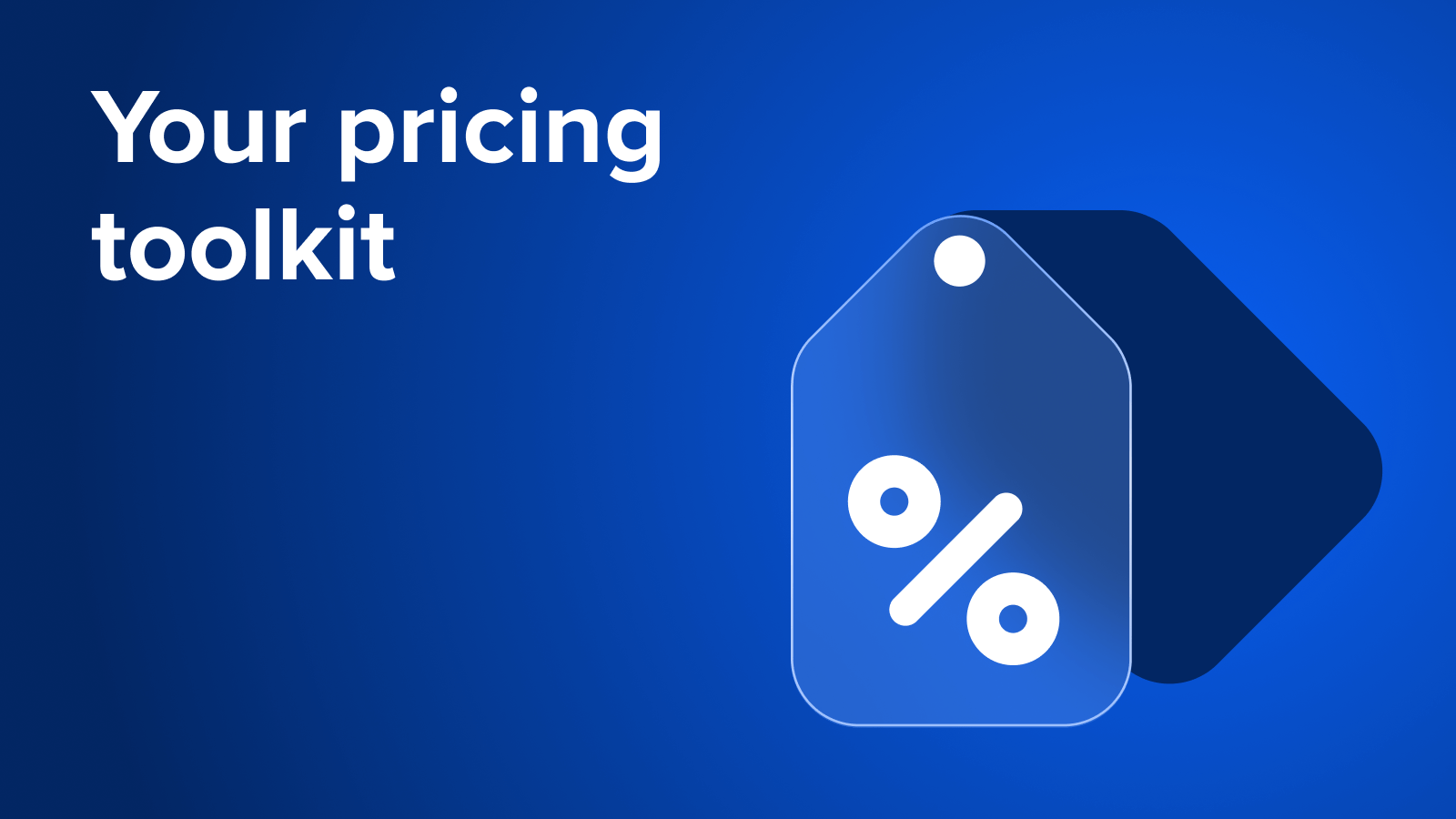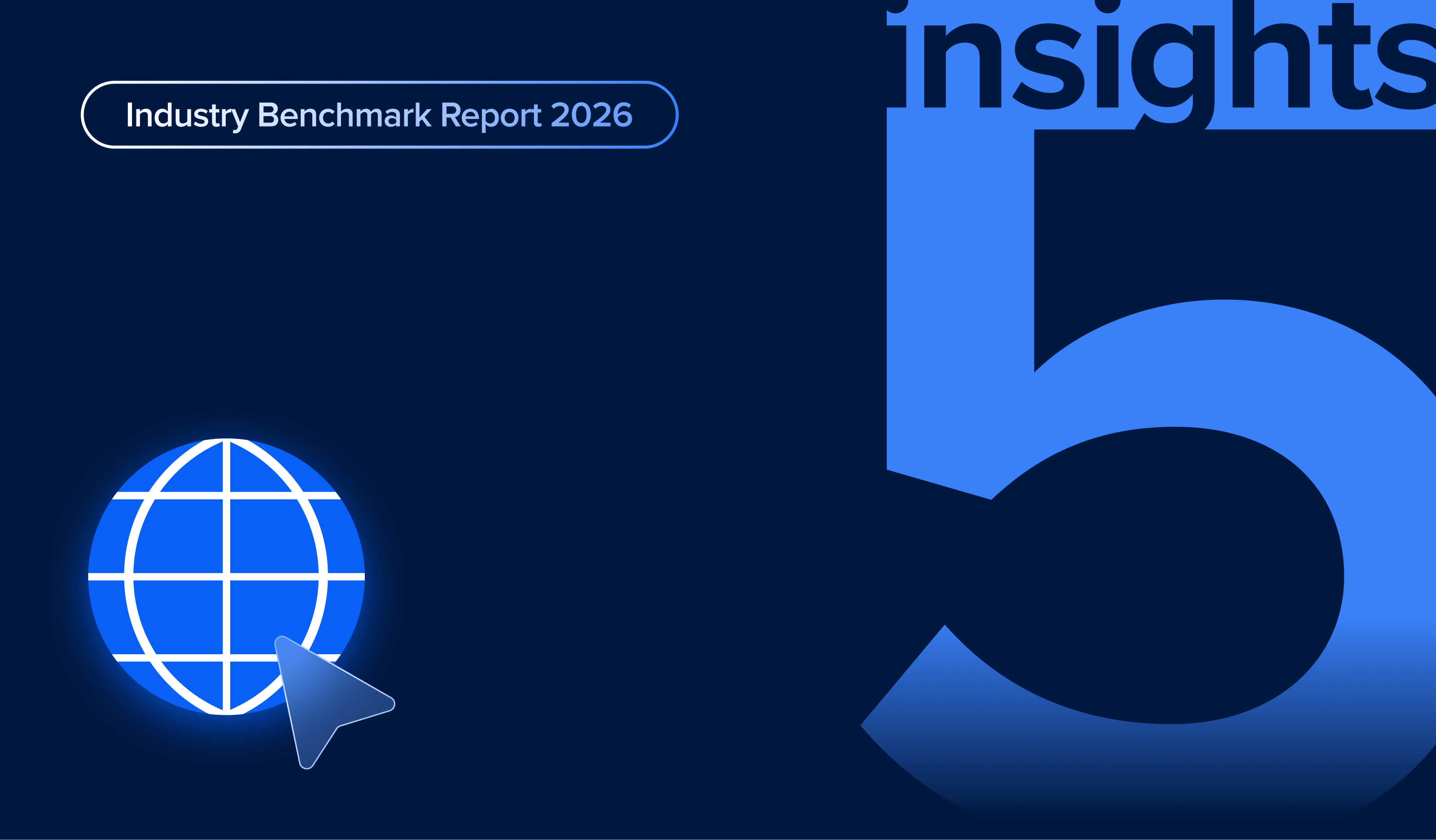Navigating Wage Increases: Strategies to Keep Costs Down and Drive Revenue in the Attractions Industry

With the UK minimum wage rising by 6.7% in April 2025, businesses across the attractions industry are bracing for changes. This shift follows recent wage increases in Australia and several U.S. states, underscoring a global push for fair pay.
While higher wages are a win for workers, they can also stretch budgets for small and medium-sized businesses. The good news? There are many ways to streamline costs, boost revenue, and make the most of each guest interaction.
In this article, we’ll share four practical approaches to managing costs while driving revenue in this changing economic environment.
1. Streamline processes and optimize staff productivity
As wage costs increase, maximizing the productivity of each team member becomes essential. Streamlined processes can save time and help your team focus on delivering exceptional guest experiences instead of managing repetitive tasks.
Save time with automation
Automated systems can handle a range of repetitive tasks, allowing your staff to prioritize guest engagement. Some options include:
- Scheduling: Use demand forecasting tools to align staffing levels with peak times, reducing unnecessary hours during slower periods.
- Inventory management: Track stock levels automatically to avoid over-ordering and reduce storage costs.
- Ticketing: Streamline entry with digital ticketing, which can minimize administrative work and reduce wait times for guests.
More efficient check-ins
Self-service kiosks and online waivers can dramatically reduce check-in times, allowing guests to enter quickly while minimizing wait times. By having guests complete waivers or sign in digitally, you can reallocate staff from entry points to other important areas of guest service.
- Reduce wait times: Online ticketing and digital waivers can drastically reduce the time it takes to check in each guest.
- Improve guest flow: Streamlined check-ins reduce congestion at entrances, especially during peak hours.
- Reallocate staff: Staff who would otherwise manage check-ins can instead help with high-impact tasks like personalized guest support.
Speed up employee onboarding and staff training
Hiring and training new staff quickly is crucial, especially during peak seasons. A straightforward, user-friendly platform can make onboarding smoother and faster, allowing new team members to become productive sooner. This not only reduces the time needed for hands-on training but can also help cut down mistakes.
2. Cut operating costs with consolidated systems
One effective way to control rising operational expenses is by consolidating essential tools into a single platform. Using one integrated system for ticketing, POS, CRM, and guest feedback can improve the flow of information, help team members access the data they need quickly and easily, and reduce the time spent managing separate systems. It can also help you lower subscription fees.
Benefits of consolidation
- Lower subscription costs: By combining tools, you reduce the number of subscriptions and vendor fees.
- Streamline operations: Integrated systems allow team members to access all necessary data from one place, saving time and reducing errors.
- Better reporting: With centralized data, reporting and analytics become faster and more accurate, giving you real-time insights to improve efficiency.
3. Increase revenue with smart sales solutions
Increasing revenue is one of the most effective ways to balance rising wage costs. This isn’t just about selling more tickets; it’s about optimizing every aspect of your sales process to encourage guests to spend more and return frequently.
24/7 online bookings
Offering a 24/7 online booking system allows guests to make reservations or buy tickets anytime, even outside regular business hours. This approach has multiple benefits:
- Increased sales: Capture bookings during off-hours, appealing to both early planners and last-minute visitors.
- Enhanced efficiency: Reduces the need for administrative staff to handle in-person sales, freeing them to focus on guest interactions.
- Flexibility: Supports convenient upselling options like fast passes, premium experiences, and food packages, boosting per-guest revenue.
Upselling and add-ons
Providing upsell opportunities can significantly increase per-guest spending while enhancing their experience. Here are a few ideas:
- Food and merchandise packages: Offering packages at booking to encourage guests to spend a bit more.
- Exclusive experiences: Create special access or VIP packages that offer unique perks, like early entry or meet-and-greet experiences.
- Pre-booked extras: Use your booking process to suggest add-ons like parking or expedited entry.
An effective upsell strategy enhances the guest’s visit without feeling pushy, ultimately building a better experience and higher revenue per guest.
Read more: 10 Package Ideas That Will Increase Spend-Per-Head
Memberships for consistent revenue
Membership programs create a steady income stream and a loyal customer base:
- Incentives for members: Offering benefits like free or discounted entry, exclusive access, or VIP perks can increase visit frequency.
- Predictable revenue: Memberships help stabilize revenue throughout the year and build a dedicated following.
- Community and word-of-mouth: Members often act as ambassadors, encouraging friends and family to join or visit, which can help boost your revenue through referrals.
4. Make data-driven staffing and operational decisions
Instead of spending hours on manual reporting, use automated analytics to track key metrics and make quick, informed decisions. Tracking metrics like visitor trends, marketing effectiveness, and cost management allows you to adapt strategies to maximize efficiency.
Staff scheduling
Keep an eye on the busiest times at your venue. Then you can adjust staffing and promotional efforts to match peak and off-peak periods for optimal efficiency and guest satisfaction.
Marketing effectiveness
Evaluate your marketing campaigns to see which drive the most traffic and revenue. Adjusting campaigns based on real-time data helps ensure your budget goes toward the efforts that work best.
Cost management
Real-time data on operational costs enables you to spot inefficiencies quickly and make adjustments to reduce expenses, helping to balance wage costs with profitability goals.
Guest feedback
Regular guest feedback lets you stay tuned into what guests love and where you can improve. An automated feedback process that sends post-visit surveys, which encourage reviews on sites like Google or TripAdvisor. This not only increases review volume but also boosts visibility and reputation.
Targeted marketing campaigns
Targeted marketing enables venues to connect with guests through personalized content that boosts engagement and encourages repeat visits. By customizing email and SMS campaigns around visitor history, preferences, or special events, your promotions become more meaningful. The result? Higher engagement and more return visits.
Read more: How to Leverage Data for Marketing
How ROLLER can help
When it comes to streamlining operations, the right software can make all the difference. With ROLLER’s all-in-one platform, you can tackle the challenges of rising wages head-on, using features specifically designed to help your business grow and thrive. Here’s how ROLLER has helped venues like RIVERSPORT and THE LUME achieve impressive results.
Case study 1: How RIVERSPORT Saved Thousands of Dollars in Annual Operating Costs with ROLLER
RIVERSPORT, a large adventure park in Oklahoma City, transformed its operations by consolidating multiple systems into one streamlined platform. By switching to ROLLER, they not only saved thousands in annual operating costs but also cut check-in costs by over $5,000. The venue also introduced valuable add-ons that increased monthly revenue by $5,000.
ROLLER’s user-friendly interface simplified training for RIVERSPORT’s seasonal staff, allowing them to get up to speed quickly. With a unified system in place, staff communication improved, allowing them to focus more on creating memorable guest experiences.
Case study 2: How THE LUME Grew Online Revenue by 7% with Add-On Experiences
When the world’s largest digital art gallery, THE LUME, switched to ROLLER in 2023 they were able to gain flexibility over their product offerings. By focusing on adding value rather than discounting tickets, THE LUME tested add-on experiences like food and beverage packages and found that these enhanced the guest experience without the need to reduce prices. This strategy resulted in a 7% increase in online revenue as more guests opted to purchase add-ons during the checkout process.
Looking ahead: How to thrive in a challenging economic environment
As the attractions industry adapts to a changing economic landscape, businesses that focus on optimizing operations, building guest loyalty, and driving consistent revenue are well-positioned for success. By adopting these proactive strategies, you can turn challenges into opportunities, keeping your business sustainable so you can continue to deliver unforgettable experiences to guests for years to come.
Ready to see how ROLLER can help you manage costs and boost revenue? Book a demo with ROLLER today!
Read next: How Airborne Trampoline Park drives $1M+ with ROLLER’s food & beverage solution
Related articles

.png)
Payment Trends That Will Shape 2026: Insights from the Attractions Industry Benchmark Report

How to Optimize Your Online Checkout: 5 Key Insights from the 2026 Benchmark Report
Enhance your guest experience
Get free education, tips and inspiration to help you run a successful venue.
